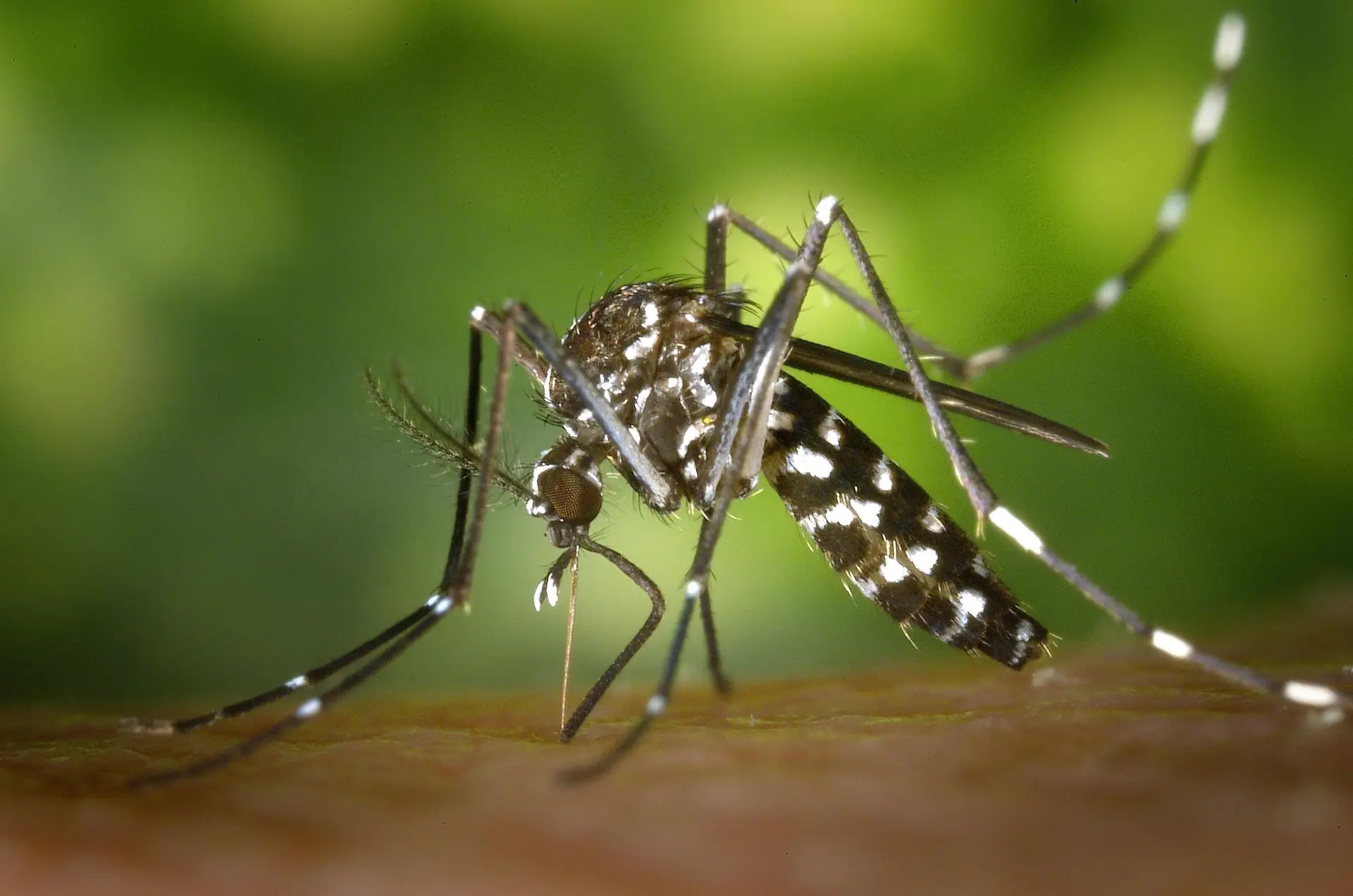
When we hear about outbreaks or viral threats, places like Africa or South America often come to mind. Rarely do we associate something like the Chikungunya virus with China. Yet, in the last few years, a slow but steady concern has been growing beneath the surface. It’s subtle, almost silent, but very real.
So, what is the Chikungunya virus in China, and why should you care?
Understanding the Chikungunya Virus — A Quick Breakdown
First discovered in Tanzania in the early 1950s, Chikungunya is a mosquito-borne virus. The word itself comes from the Makonde language, loosely meaning “to become contorted,” referring to the posture of people bent over in pain due to joint inflammation. That’s exactly what it does — causes fever, rashes, and debilitating joint pain that can last weeks or even months.
It spreads through the bites of two species of mosquitoes: Aedes aegypti and Aedes albopictus — both known to be present in China, especially in warmer, humid provinces like Guangdong, Yunnan, and Hainan.
Why Is It Suddenly Becoming a Topic in China?
For years, China remained relatively untouched by Chikungunya. But in a world where climate is shifting, borders are open, and international trade is booming, viruses travel more easily than ever. Imported cases began surfacing — people coming into China after visiting tropical countries, carrying the virus unknowingly.
What makes things concerning is the presence of the right kind of mosquitoes already in China. If someone carrying the virus gets bitten by a local Aedes mosquito, the chain begins — and local transmission becomes possible.
In 2020 and 2021, health authorities in Guangzhou and surrounding areas reported small clusters of suspected or confirmed Chikungunya infections. While these were not full-blown outbreaks, they were serious enough to ring alarm bells.
Could Chikungunya Become China’s Next Major Public Health Problem?
Let’s be honest — China has a massive population, densely packed cities, and varied climates. It’s a country that managed to handle COVID-19 in its own way, but the scars remain. Now, imagine another virus entering the scene — not as deadly, but persistent, painful, and easily misunderstood.
The problem isn’t just the virus. It’s the silence around it.
Most people in China — and even around the world — still don’t know what Chikungunya is. There’s little public health awareness, no major government campaigns, and not enough media attention. That’s how outbreaks creep in — under the radar.
And it’s not just about health. Imagine workers in large factories or elderly people in rural towns suffering from joint pain so severe they can’t move properly for weeks. This isn’t just a medical issue — it’s an economic one too.
H2: China’s Current Response — Quiet but Strategic
So far, China hasn’t made any dramatic moves regarding Chikungunya, but that doesn’t mean it’s ignoring the risk. The Chinese Center for Disease Control and Prevention (CDC) has already flagged the virus as something to monitor. Border health checks now include screenings for those arriving from tropical regions, and mosquito control efforts have been increased in southern provinces.But here’s the truth: it’s not enough if people aren’t aware.
Rural clinics often misdiagnose the symptoms as dengue or even common flu. And since there’s no vaccine or specific cure, early detection and mosquito protection remain the best strategies.
What Should People in China Be Doing Now?
Whether you’re living in Beijing, traveling to Guangzhou, or studying in Chengdu, here’s what you need to know and do: Protect yourself from mosquito bites.
Use repellent, sleep under nets, and avoid still water sources where mosquitoes breed.
Watch your symptoms.
Fever, rash, and joint pain after a trip abroad? Don’t brush it off. Visit a clinic and ask for a proper diagnosis. Spread awareness.
Tell your friends, neighbors, and coworkers. Awareness is our first defense.
A Personal Note From the Writer
As someone who’s lived in both China and Southeast Asia, I’ve seen how fast things can change when it comes to viruses. In Thailand, I watched entire communities suffer through Chikungunya outbreaks. People couldn’t work. Kids missed school. Hospitals filled up. And yet, no one saw it coming.This is not fearmongering — it’s reality. The virus is coming closer, and the conditions are right. But we can act early. We can make noise. We can demand more public awareness before it becomes another headline too late to change.
So, what is the Chikungunya virus in China? It’s a looming threat, a warning sign, and a test of how well prepared we are for the next public health challenge. It may not be killing thousands, but it’s capable of turning lives upside down. Let’s not wait for the numbers to rise. Let’s not be surprised.
Let’s start asking questions now before we have to live the answers.
—-WILGENS SIRISE






